The project has created a sustainable new neighbourhood at the heart of one of West London’s key regeneration areas. It transforms this part of the city by establishing a vibrant community that seamlessly integrates high-quality architecture, green public spaces and sustainable amenities, all underpinned by the energy of the new community stadium.
The £300m Kew Bridge development is a major regeneration project that has transformed a 4.7-hectare site into a vibrant residential quarter centred around the new 17,000-seat Brentford Community Stadium.
The vision was to create a neighbourhood that supports Brentford’s growing population through high-quality homes, community and leisure facilities, and an appealing retail offer. Central to the strategy was enhancing connectivity and environmental quality by introducing focal open spaces, improving links to surrounding communities, and delivering meaningful placemaking that fosters a strong sense of place.
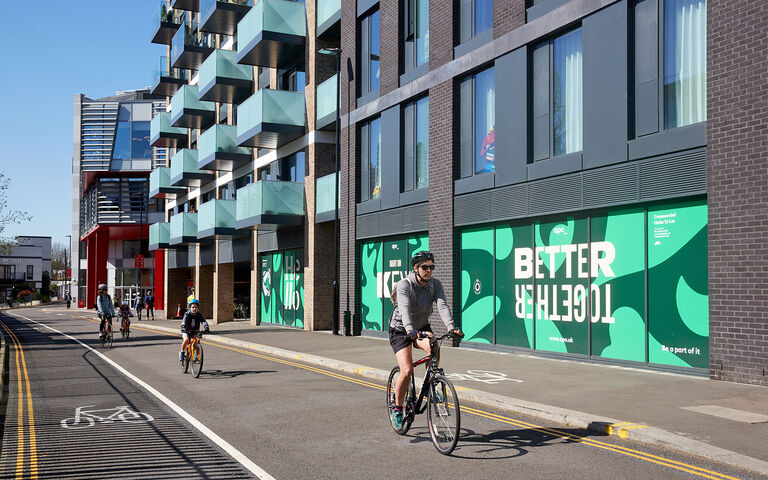
We designed a family of signature buildings comprising the first 487 residential units, reflecting the site’s prominent status while creating a welcoming new quarter that revitalises the area and supports the investment in the new stadium.
The stadium sits at the heart of Hounslow’s Golden Mile—an area seen as a key economic asset for both the borough and London. The masterplan aims to deliver improved transport links, nearly 30,000 jobs, over 1,500 homes, a digital media hub, new schools and a leisure destination.
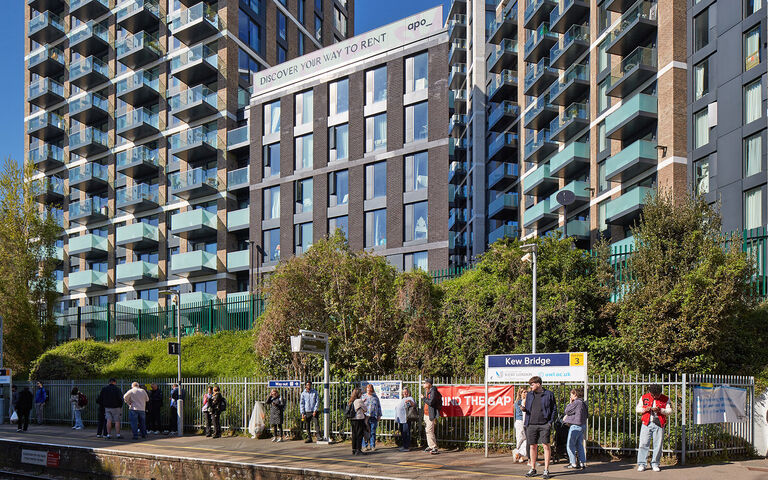
The massing of the residential buildings has been carefully considered in relation to the surrounding context and key views from Kew Bridge Station, resulting in gateway buildings that define the entrance to the new community stadium.
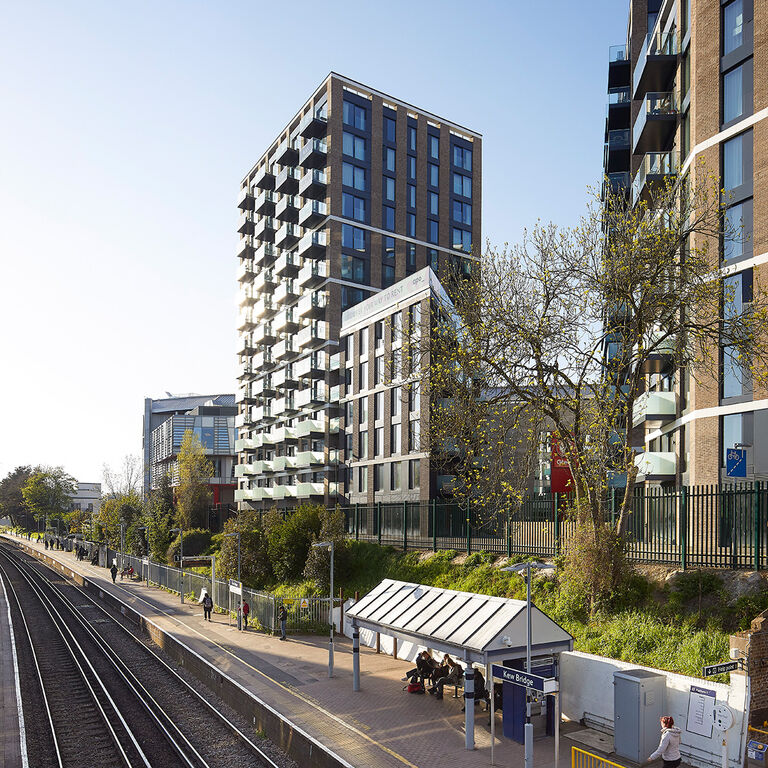
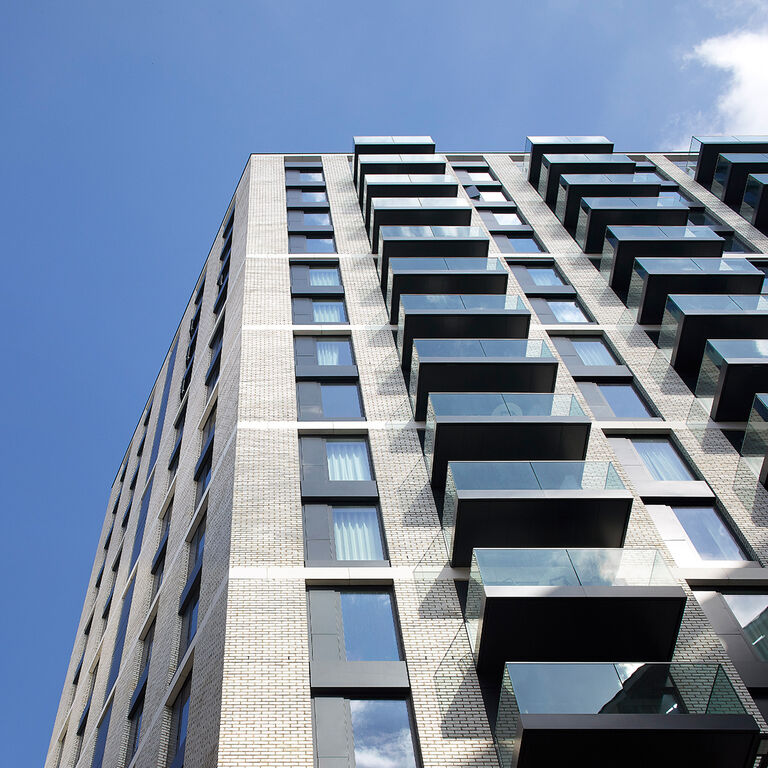
The development has delivered a range of benefits to the area, including the creation of a modern community stadium, new offices for the community sports trust with facilities for youth learning and development, a new residential quarter and significant public realm improvements such as new pedestrian and cycle routes. Additionally, it has introduced new retail spaces, an urban route across the east bridge to enhance community integration, and the reopening of the Kew Bridge Station north platform underpass and pedestrian connections.
Stadium-led regeneration has a catalytic effect, acting as an anchor that attracts local businesses following a major football tenant. It also generates new employment opportunities, not only at the stadium itself but also through the construction of surrounding infrastructure and the growth of new businesses within the local area.
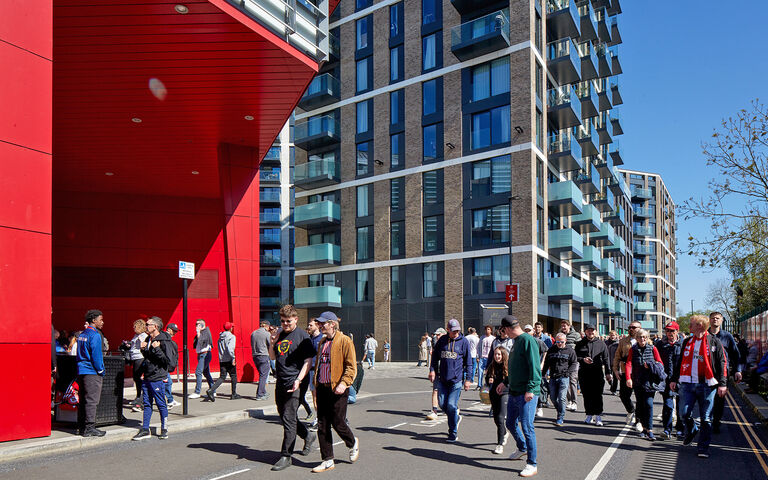
A key sustainability principle was to standardise components wherever possible, streamlining construction processes to reduce waste, improve efficiency and minimise environmental impact. Over 4,000 windows were specified with the same design to limit component variety. The development’s massing was refined to optimise space and enhance views, while slimmer slabs—reduced from 250mm to 210mm—were used to decrease weight and reduce energy consumption during construction.
